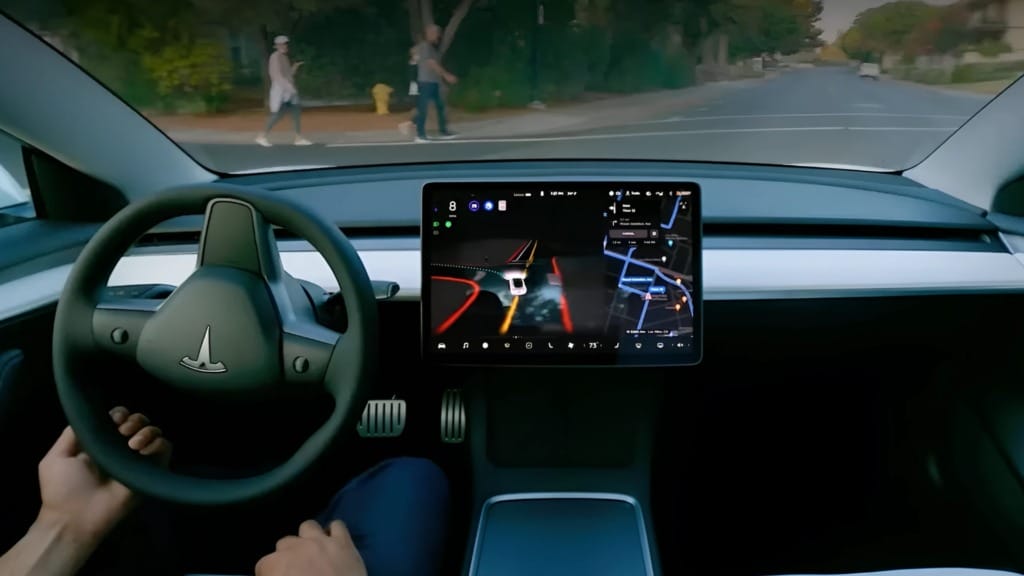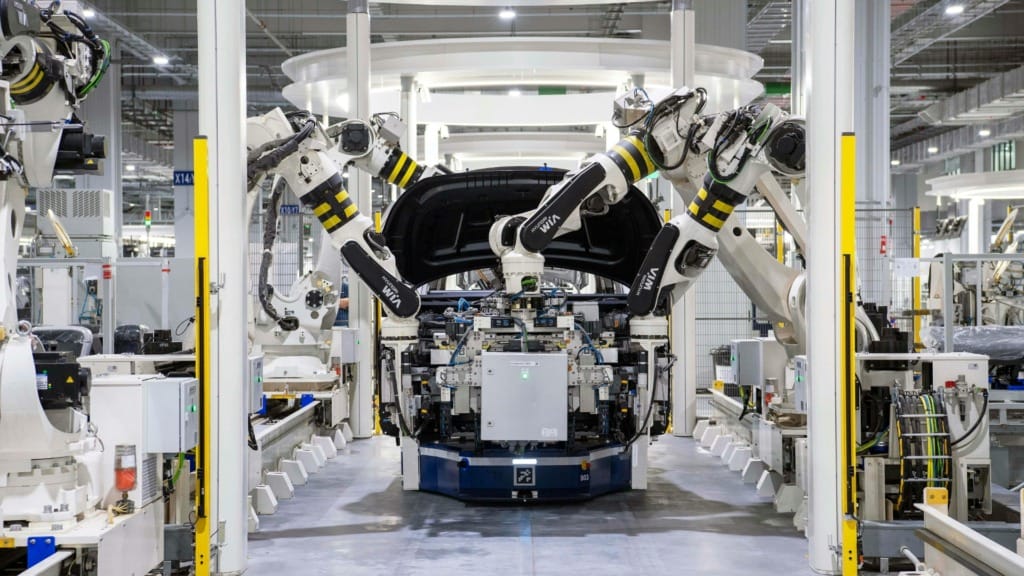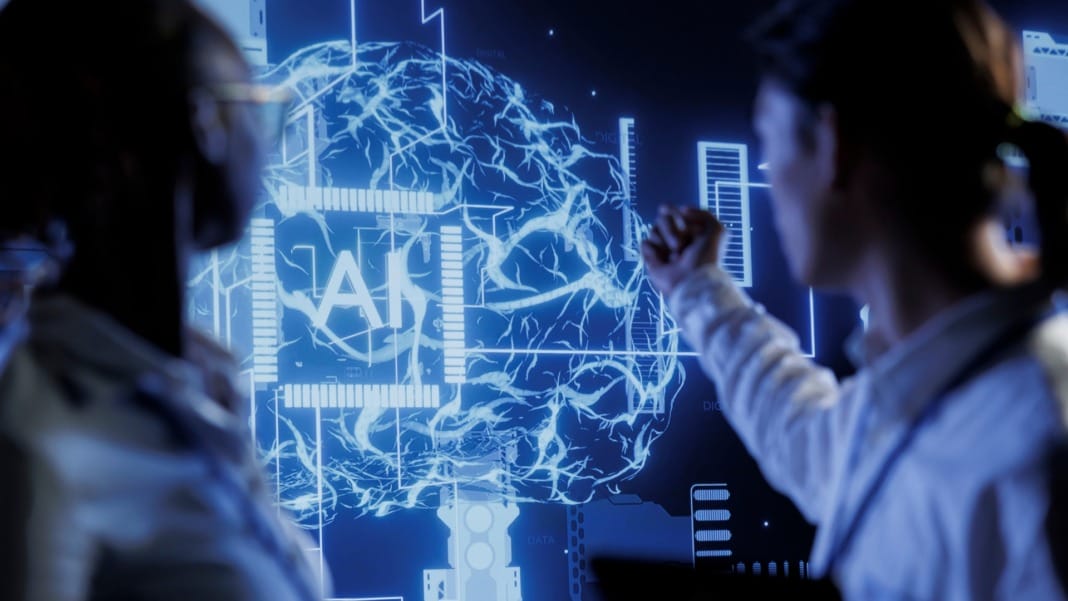Agentic AI, the next frontier in artificial intelligence, represents a shift from task-specific automation to systems capable of independent reasoning and decision-making. This type of AI processes real-time data, learns continuously, and adapts its behaviour without human guidance. As businesses and industries seek more intelligent systems, agentic AI offers a new level of autonomy that can reshape complex processes.
Its emergence is tied to the evolution of AI itself. Early AI systems followed strict programmed rules and performed repetitive tasks efficiently but lacked flexibility. The shift began when machine learning enabled AI to draw insights from large datasets and improve performance incrementally. This foundation paved the way for self-learning systems capable of making decisions under uncertain conditions, a defining feature of agentic AI.
Today, applications such as autonomous vehicles, AI-powered diagnostics, and trading systems exemplify the transformative power of agentic AI. Industries ranging from healthcare to logistics are leveraging its ability to optimise decisions on the fly. However, autonomy comes with challenges, including safety, reliability, and public acceptance, which will be key to future success.
It is essential to understand the potential of agentic AI, exploring the technological innovations that support it, its real-world applications, and the obstacles developers must address to achieve full-scale autonomy.
Technological advancements enabling autonomy
Agentic AI owes its capabilities to several technological breakthroughs, with machine learning advancements being among the most significant. Traditional rule-based systems follow static instructions, but modern AI relies on deep learning and reinforcement learning, where models continuously refine themselves based on outcomes. For example, deep reinforcement learning has proven essential in training autonomous systems, allowing them to learn through trial and error by interacting with their environment.

Computing power is another essential factor. The availability of high-performance hardware—such as GPUs, TPUs, and cloud computing platforms—has drastically reduced the time required to train AI models. Systems that would have taken months to process data now do so in weeks or even days. For instance, Tesla’s Full Self-Driving (FSD) beta uses millions of miles of driving data to continuously improve its on-road performance, which is made possible by such computing advancements.
Additionally, agentic AI benefits from its ability to process multimodal data simultaneously. Unlike earlier systems, which worked with structured data or limited sensory inputs, agentic AI can integrate visual, audio, and sensory data in real time. In autonomous vehicles, sensor fusion technology combines cameras, radar, and LiDAR inputs, helping vehicles accurately interpret their surroundings. This integration is critical for enabling dynamic, real-time decision-making.
These advancements are interlinked, creating a feedback loop where improvements in one area accelerate progress in others. By combining superior learning mechanisms, computational power, and data processing, AI systems are becoming increasingly capable of handling diverse tasks autonomously.
Current applications of agentic AI
Agentic AI is already transforming key industries through practical applications, particularly in autonomous vehicles. Companies like Waymo have developed self-driving cars that operate in controlled environments with minimal human intervention. The vehicles rely on a combination of AI systems to map routes, detect objects, and respond to changes in traffic. Waymo’s commercial ride-hailing service in Phoenix is an example of how AI autonomy is being applied beyond development and into daily use.
In healthcare, AI systems assist doctors in making faster, more accurate diagnoses. AI-powered imaging systems, such as those developed by Aidoc, scan medical images for signs of diseases like strokes or blood clots, flagging urgent cases for immediate attention. These systems improve hospital efficiency by reducing the time doctors spend manually reviewing cases. AI’s real-time decision-making is critical here, as it ensures patients receive timely care.
Agentic AI has also found a place in financial markets, where it optimises algorithmic trading. Unlike earlier automated systems with rigid trading rules, agentic AI continuously monitors real-time market data and adjusts strategies as conditions change. BlackRock’s Aladdin platform is an example of how AI can execute large-scale trades autonomously, mitigating risk through adaptive decision-making.
In logistics, AI-equipped drones and robots streamline warehouse operations and last-mile deliveries. For instance, Zipline’s autonomous drones deliver medical supplies to remote regions, overcoming traditional delivery challenges. These systems use AI to chart routes, avoid obstacles, and adapt to weather conditions, demonstrating the flexibility agentic AI offers across industries.
Challenges in developing autonomous agents
Despite its rapid development, agentic AI faces significant challenges, starting with ensuring reliability in unpredictable settings. Autonomy requires AI systems to make decisions under varying and sometimes unforeseen circumstances. Self-driving cars, for example, must respond to sudden road hazards, such as erratic drivers or construction zones, without human intervention. Designing AI to handle such scenarios reliably is an ongoing challenge, with researchers continuously refining decision-making algorithms.

Safety concerns are closely tied to reliability. Systems operating in high-stakes environments—such as transportation or healthcare—must be thoroughly tested. Waymo, for instance, tests its self-driving cars in both simulated and real-world environments to account for edge cases. Simulations allow developers to expose AI systems to millions of unique scenarios, helping reduce the likelihood of on-road failures.
Public trust is another barrier to adoption. Accidents involving autonomous systems have drawn public attention and raised concerns about their readiness. To address this, AI developers are investing in explainability—ensuring that users can understand the reasoning behind AI decisions. In healthcare, explainable AI enables doctors to interpret how diagnostic AI systems arrive at their recommendations, making collaboration between humans and AI more seamless.
Accountability and regulation add complexity. Determining who is responsible when AI systems make errors presents legal and ethical challenges. Governments and regulatory bodies, such as the European Union, are working to establish frameworks that hold developers accountable while allowing innovation to flourish. Balancing innovation with public safety will be critical to the future of autonomous agents.
Future developments in agentic AI
Advances in adaptability and generalisation will shape the future of agentic AI, enabling systems to take on a wider variety of tasks. Transfer learning will play a key role in this expansion, allowing AI systems to apply knowledge gained from one task to another. For example, skills developed in autonomous vehicle navigation could be transferred to autonomous drones or robots in manufacturing.
Explainable AI is expected to evolve significantly, making it easier for humans to understand and trust AI decision-making. As these systems become more transparent, their adoption will likely increase across sensitive sectors such as healthcare and finance. Transparency will also help address public concerns about AI’s role in critical decisions.

In manufacturing, collaborative robots (or cobots) will transform production processes. These AI-powered robots will work alongside humans to handle complex assembly tasks while adjusting their real-time performance. Siemens is already exploring the use of AI in factory automation, where cobots dynamically optimise workflows to improve efficiency.
As these developments unfold, the societal impact of agentic AI will grow. Policymakers will need to address ethical issues related to job displacement and data privacy. However, collaborating with businesses and researchers can help ensure that AI-driven innovation benefits society while minimising disruption.
Shaping the future of AI-driven autonomy
Agentic AI is redefining what machines can achieve, offering autonomy across industries that rely on complex decision-making. Its ability to learn, adapt, and operate independently has already demonstrated its potential through transportation, healthcare, and finance applications. Companies like Waymo, Tesla, and Aidoc are at the forefront of this transformation.
Advancements in machine learning, computational power, and data integration have made this progress possible. However, addressing safety, trust, and accountability challenges will be key to scaling agentic AI responsibly. Future innovations in transfer learning and explainable AI will likely accelerate its adoption while ensuring it remains transparent and reliable.
By focusing on responsible development and collaborative regulation, agentic AI can create long-term societal benefits, driving innovation while ensuring public trust. Its journey from automation to autonomy is far from over, but the foundations have been laid for a transformative future.





